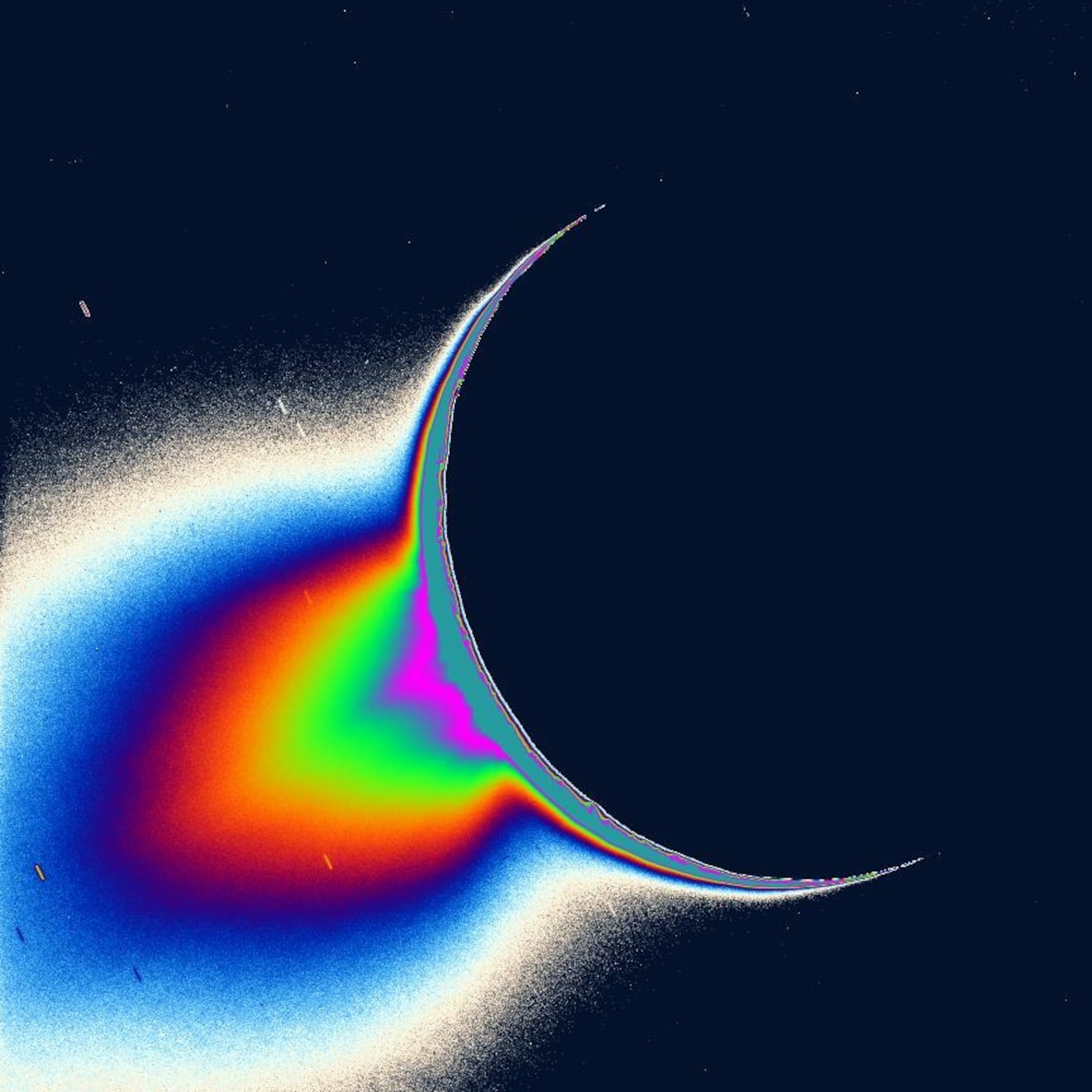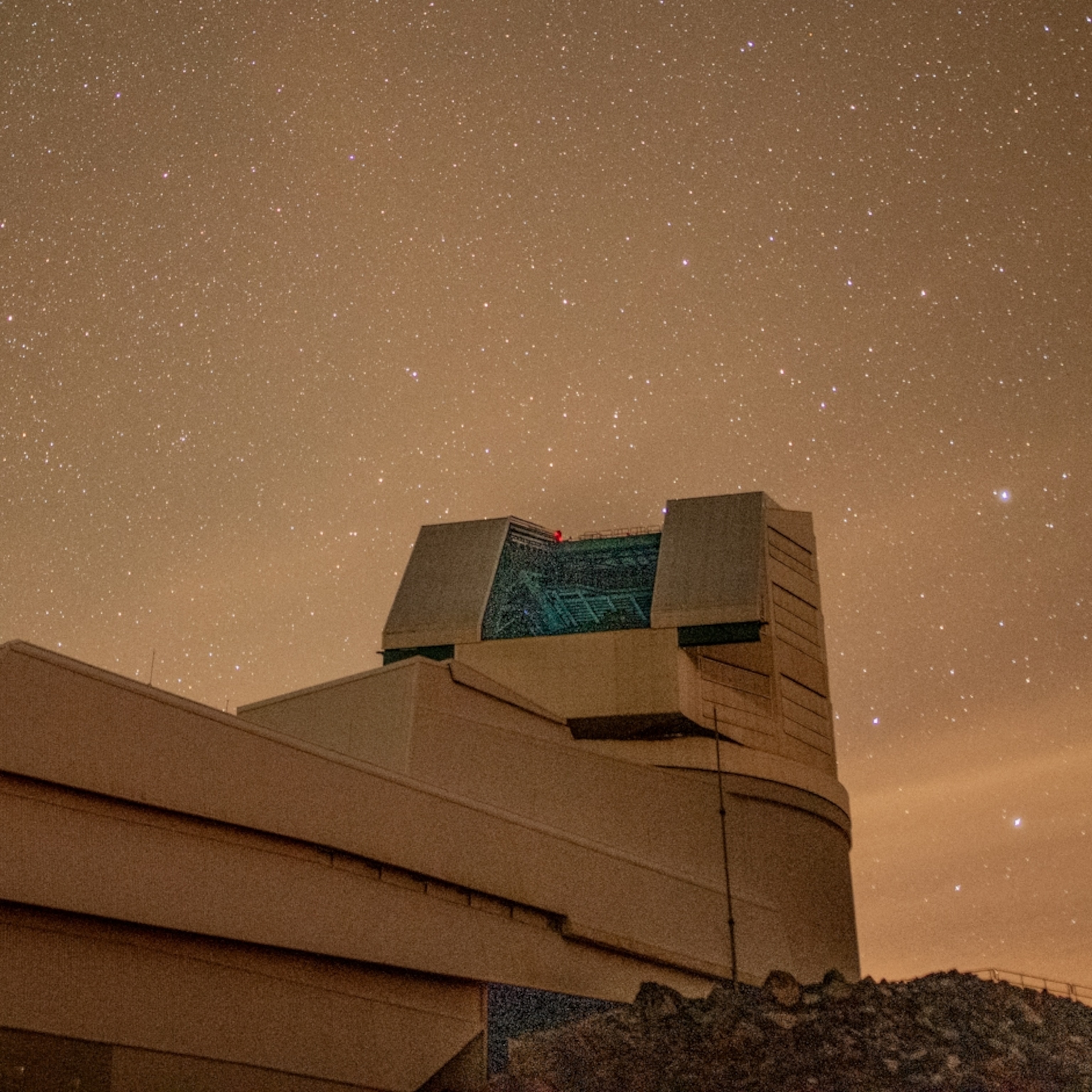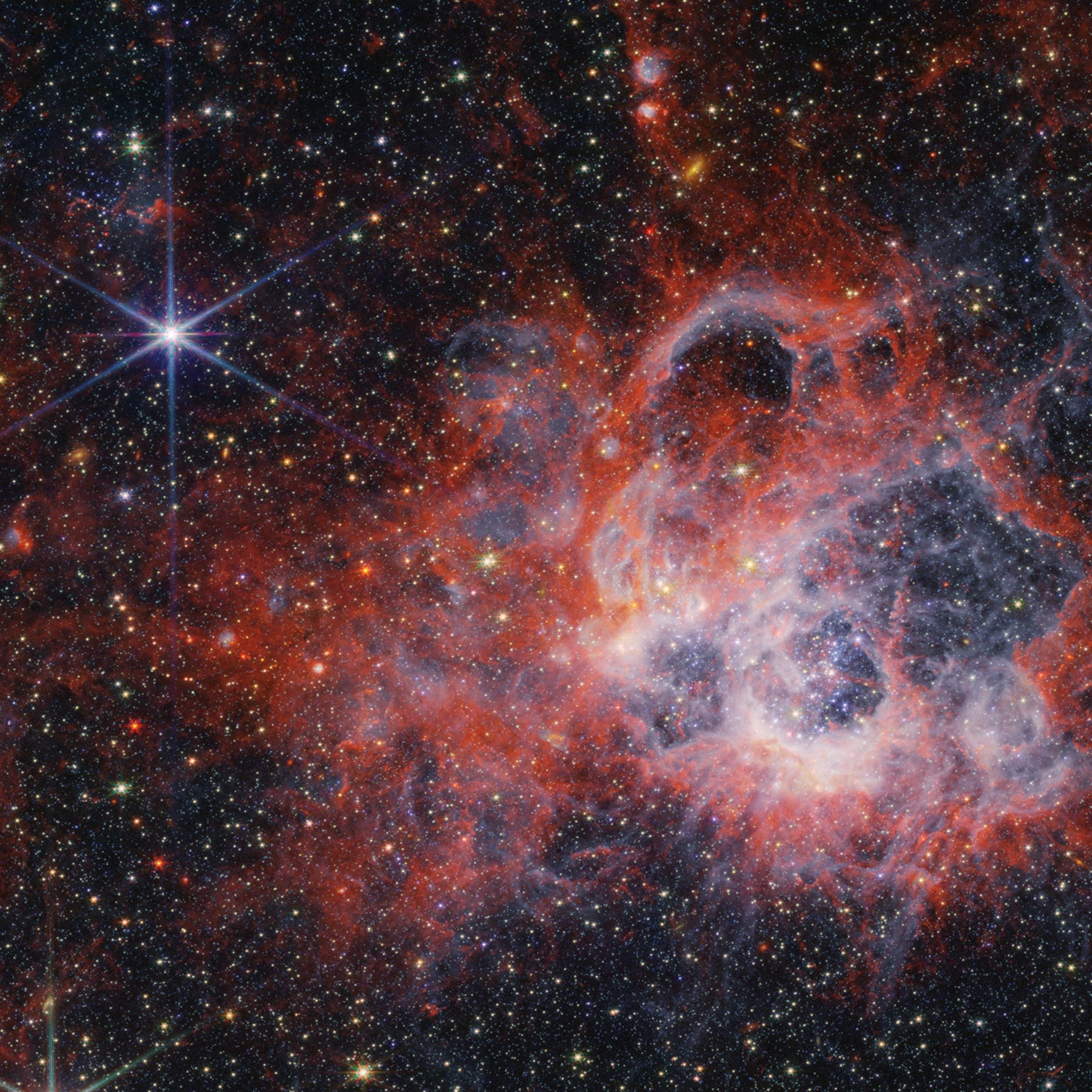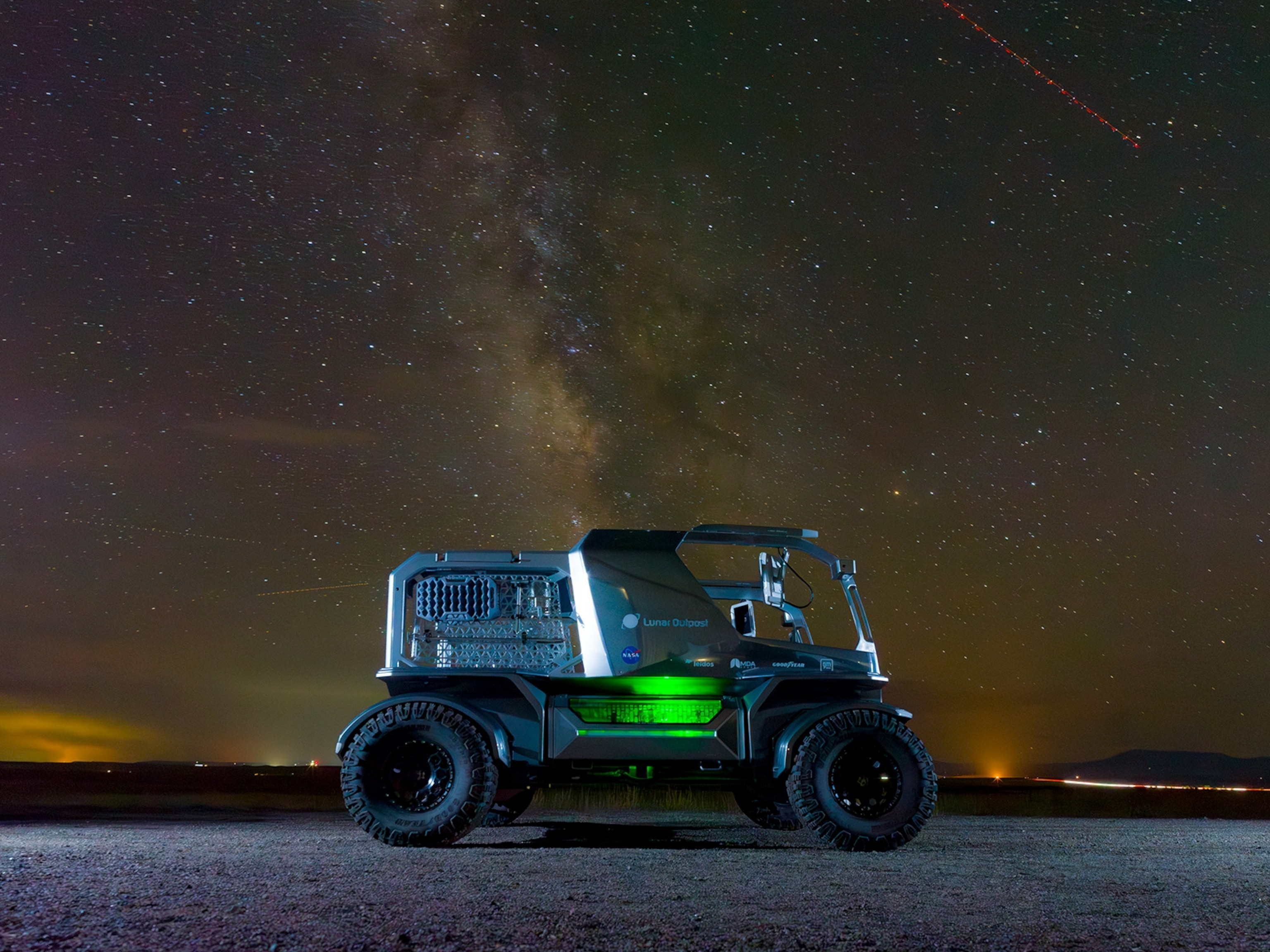About 8,000 light-years away, a giant planet circles an aging star, marching once around its sun in a single Earth-year. But that planet, called Kepler 1625b, might not be traveling completely alone.
Scientists now suspect the planet’s skies are filled by an orbiting mega-moon, a stunningly large world the size of Neptune that may be the first moon spotted outside our solar system.
Early hints of its existence surfaced in July 2017, when scientists tentatively announced that they’d found some evidence of an orbital companion for Kepler 1625b. But it wasn’t until the Hubble Space Telescope aimed its eye at the faraway star a year ago that scientists were able to gather enough data to build the case for the so-called exomoon’s presence.
Now, the two scientists behind the discovery are hoping for independent confirmation of their finding to really shore up the extraordinary claim.
“I’m confident that we’ve done a thorough job vetting this thing, but I also anticipate there will be things other folks come up with that we might not have considered,” says Columbia University’s Alex Teachey, who reports the purported alien moon today in the journal Science Advances. “Whether those other ideas are fatal to the moon hypothesis or not, that remains to be seen.”
For now, MIT’s Sara Seager says she’s reserving judgment.
“Exomoons are one of the key items remaining on exoplanet researchers’ wish list,” Seager says. “It’s exciting to see the hunt for the first exomoon continue … and with what would be a shockingly large moon, about the size and mass of Neptune.”
Moonshadow
Over the last several years, astronomers have wrung thousands of planets from the star-soaked fabric of the cosmos, using multiple techniques to find them and confirm their existence.
But until very recently, no one has spotted any evidence for moons around these far-flung worlds. Astronomers have strongly suspected such satellites exist—after all, moons far outnumber planets in our solar system—but spying the slight perturbations that would betray an alien moon’s presence is an extreme technical challenge.
Columbia University’s David Kipping has been hunting for exomoons for nearly a decade, sifting through data returned by NASA’s planet-hunting Kepler spacecraft. For four years, Kepler stared at a patch of starry sky, watching for the brief blips in brightness caused as orbiting planets transited their stars’ faces.
By examining the timing, depth, and duration of those dips, astronomers can calculate a planet’s size and distance from its star. Kipping reasoned that if a moon were big enough, he’d also be able to see its footprints in the starlight, because a large moon should affect both the timing of a planet’s transit and perhaps cause its own distinct dip in brightness.
“The biggest things will be the easiest to find,” Kipping said during a press conference earlier this week. “This may not represent a common type of moon system; it’s just the easiest for us to find.”
If the Moon Hits Your Eye
While surveying nearly 300 Kepler exoplanets for signs of moony activity last year, Kipping and Teachey spied a tantalizing, moony hint in data from Kepler 1625b: A large, orbiting body appeared to be jostling the planet. It was possible, they thought, for an undetected world orbiting farther from the star to be the gravitational culprit. But all signs instead pointed to a moon.
To gather more precise data on the strange system and rule out any false-positives from their instruments, Teachey and Kipping turned to Hubble, the sharpest eye in the sky. In October 2017, during Kepler 1625b’s next transit, Hubble precisely measured the system’s brightness for 40 hours and, like Kepler, it spotted patterns pointing to an exomoon.
Kepler 1625b began its star-crossing passage 77.8 minutes early, which the team ascribed to the gravitational nudging of a large satellite. Then, about 3.5 hours after the planet had sailed by, Hubble detected a secondary blip in brightness that could be the work of a trailing satellite.
Both of those observations are entirely consistent with an overgrown exomoon, says Yale University’s Greg Laughlin. But he’s not quite convinced yet, and he is hoping that Hubble—or another spacecraft designed to stare at distant starlight—will take a good look at the system during the next transit in May 2019. If the planet’s passage is similarly variable and accompanied by a secondary dimming event, he’ll be more convinced.
“If they see the transit timing variation with another transit of the moon itself, then I think absolutely it would be very, very strong evidence in favor of the moon,” Laughlin says.
Kipping and Teachey have already made a prediction for how this next transit should go, if the moon is there. Now all they have to do is wait.
“The detection, I think, is very confirmable,” Laughlin says. “You just have to wait kind of a frustratingly long time because of the orbit—but it’s not like it’s going to happen in 2075 or something.”
Bad Moon Rising
If it’s there, the improbably large moon is roughly the size and mass of the ice giant Neptune, Teachey and Kipping calculate. It orbits about 1.8 million miles from its Jupiter-size planet, and it would appear to be about twice as large as Earth’s moon in the planet’s skies. While it’s not exactly clear how to build such a large moon, it’s possible that it grew out of a collision or became ensnared by the giant planet’s gravity, as is the case with Neptune’s moon Triton.
In some ways, the alien planetary system is like a scaled-up version of home. Kepler 1625b and its moon have the same relative masses as Earth and our moon, and the alien moon is orbiting at a comparable distance.
As well, Kepler 1625b is roughly the same distance from its star as Earth is from the sun. But that star is twice the sun’s age and is in the process of evolving into a red giant. That means temperatures at the moon could be around 170 degrees Fahrenheit, but the team says it’s possible they were more temperate and life-friendly when the star was younger.
“Maybe we’re seeing the moon in an inflated state compared to how it was in the past,” Kipping says, while noting that he and Teachey weren’t particularly concerned with looking at habitability in a system with two gas giants.
As for whether we might be seeing a large gassy planet with a habitable moon in tow, like Pandora in the movie Avatar, the answer is probably not. But the find hints that Earth-like moons like the ones popular in science fiction may indeed be out there.
“I’m partial to Endor myself,” Teachey says. “I’m more of a Star Wars fan.”



















